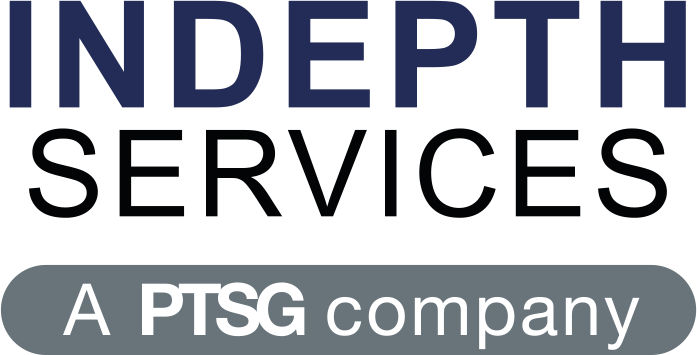Fire safety compliance isn’t optional – it’s a legal requirement under BS9999. Yet with 70% of buildings failing initial inspections, many duty holders are struggling to meet their obligations. Understanding and implementing these requirements is crucial for building safety and legal compliance.
The Fundamentals of BS9999
The cornerstone of BS9999 lies in its comprehensive approach to fire safety, particularly regarding fire dampers. These critical components must undergo annual testing by competent persons, with no exceptions. The standard emphasises not just the testing itself, but the importance of maintaining complete documentation throughout the system’s lifecycle.
Access to fire dampers represents another crucial aspect of BS9999 compliance. The standard requires clear marking and unobstructed access to all dampers, supported by adequate lighting and safe working platforms where necessary. This isn’t merely about convenience – it’s about ensuring that maintenance and testing can be carried out effectively and safely.
Documentation: The Key to Compliance
Documentation forms the backbone of BS9999 compliance. Every fire damper must have a complete paper trail, from initial installation certification through to ongoing maintenance records. This documentation serves multiple purposes: it demonstrates compliance, provides crucial information for maintenance teams, and serves as evidence for insurance purposes.
When it comes to testing and certification, the requirements are unambiguous. Annual tests must be documented in detail, with clear records of any faults found and subsequent remediation work. This creates a comprehensive history of each damper’s performance and maintenance, essential for both compliance and risk management.
Common Compliance Challenges
The path to BS9999 compliance often reveals common stumbling blocks. Many buildings struggle with missed testing deadlines or inadequate access provision. Others fall short in documentation, with incomplete records or poor asset management systems. These issues aren’t just technical violations – they represent real risks to building safety and legal compliance.
Perhaps most critically, many buildings fail to address failed tests promptly. BS9999 requires immediate remediation of identified faults, yet too often these are left unresolved, creating cumulative risks that grow over time.
Insurance and Legal Implications
The relationship between BS9999 compliance and insurance coverage is direct and significant. Non-compliance can void building insurance, leaving property owners exposed to substantial financial risks. Insurers increasingly require robust evidence of regular testing and maintenance, with current certification readily available for inspection.
The legal responsibilities of duty holders under BS9999 are equally clear. They must maintain regular testing schedules, ensure prompt fault resolution, and retain comprehensive documentation. These aren’t optional extras – they’re fundamental legal obligations that carry significant penalties for non-compliance.
Financial Considerations
The financial implications of non-compliance extend far beyond potential fines. Insurance claim rejections can leave organisations exposed to massive costs in the event of a fire. Add to this the expenses of emergency remedial work, business interruption and reputational damage, and the case for proactive compliance becomes compelling.
The Future of Fire Safety Compliance
As building safety legislation continues to evolve, enforcement of BS9999 requirements is becoming increasingly stringent. Duty holders must ensure their fire safety strategies are both robust and well-documented. This isn’t just about meeting current standards – it’s about establishing systems and processes that can adapt to future requirements.
Fire damper compliance isn’t merely a technical requirement – it’s a fundamental aspect of building safety that protects both lives and assets. A proactive approach to BS9999 compliance, while requiring initial investment, invariably proves more cost-effective than dealing with the consequences of non-compliance.
Free Fire Damper Compliance Guide
To help duty holders understand their obligations and best practices, we’ve produced a FREE Fire Damper Compliance Guide. This comprehensive resource provides an essential summary of all relevant standards and regulations, offering clarity on testing schedules, documentation requirements, and maintenance best practices.
